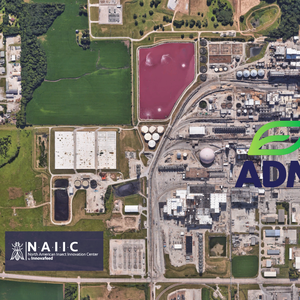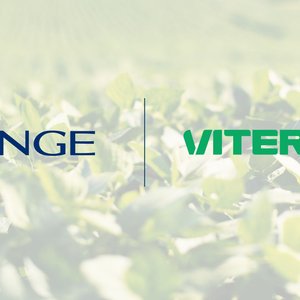Nutriad has released its’ latest mycotoxin survey, based on more than 480 analyses of 81 maize samples from across Poland.
All samples were collected almost immediately after the harvest from farms or animal feed production sites. More than 480 analyses were conducted to test for the occurrence of the 7 mycotoxins most frequently found in agricultural commodities intended for animal production. The survey provided an insight into the incidences of aflatoxin B1 (AfB1), ochratoxin A (OTA), zearalenone (ZEN), deoxynivalenol (DON), T-2 toxin, HT-2 toxin and fumonisins (FUM).
The results showed that 100% of the maize samples were contaminated with DON and 94% with ZEN. Unexpectedly, 72 % of the samples contained FUM. None of the samples were contaminated with OTA. The average concentrations of all the recovered mycotoxins were medium (>LOQ but below EU recommendation levels). However, the maximum concentration of T-2 toxin/HT-2 toxin detected by this survey was 932 μg/kg which is several times higher than the maximum recommended concentration of T-2 toxin in unprocessed maize of 200 μg/kg set by the Commission regulation 165/2013. The highest concentration of DON detected in one of the samples reached 3510 μg/kg. The average concentration of ZEN, a mycotoxin affecting fertility performance of all animal species, peaked at 257 μg/kg which is high, especially for sows and piglets. As expected, the results showed a significantly high average concentration of DON, 1198 μg/kg.
Several samples were concurrently contaminated with 2 to 4 mycotoxins which may lead to synergistic interactions. The maximum concentration of FUM toxin found in one of the maize samples was 4920 µg/kg. This high concentration is unusual in Poland and may have a significant effect on the health and performance of farm animals. Only 5% of samples were contaminated with low levels of aflatoxin B1.
The Nutriad 2017 mycotoxin survey concluded that the year’s maize produce in Poland was of poor quality in terms of mycotoxin contamination. This is comparable with the results from 2014. Based on the results of this survey which was conducted immediately after the 2017 harvest, the year’s maize crop in Poland should not automatically be considered safe for inclusion into finished feed rations for all animal species. A degree of vigilance is prudent.










